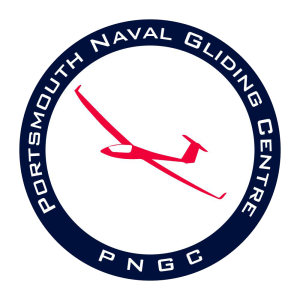Misting Canopies, Low Cloud and Low Sun
The below from the BGA recently. These conditions can be frequent at this time of year. I’ve twice also experienced a phenomenon where a canopy – clear on the ground – unexpectedly misted quickly in the ascent due to a temperature gradient (as opposed to ‘breathe-mist’ clearing with an increased airflow). Know what you’d need to do if so… chat to an Instructor first…
Neil S.
“There can be some great flying days in the late autumn and throughout the winter. As ever, there are seasonal challenges and classically in the autumn and winter they include misting canopies, low cloud, and the low afternoon sun.
This is what one club publishes in it’s briefing notes regarding misting canopies: Ensure your canopy is clean and clear before taking off. A misted canopy may not clear quickly, especially on aerotow. If the canopy is misted, do not launch, open the canopy, and wait until the misting has cleared.
Approaching cloud during a winch launch can be particularly hazardous if the pilot takes the incorrect action. The BGA instructor manual notes: Avoid launching into cloud and release in good time. If you do enter cloud during the launch (by mischance or misjudgment), release under tension to avoid colliding with the flying drogue chute; do not lower the nose before release. After release, lower the nose to regain approach speed. Do not turn until you are clear of cloud and your speed is adequate. If the speed increases excessively, open the airbrakes.“
